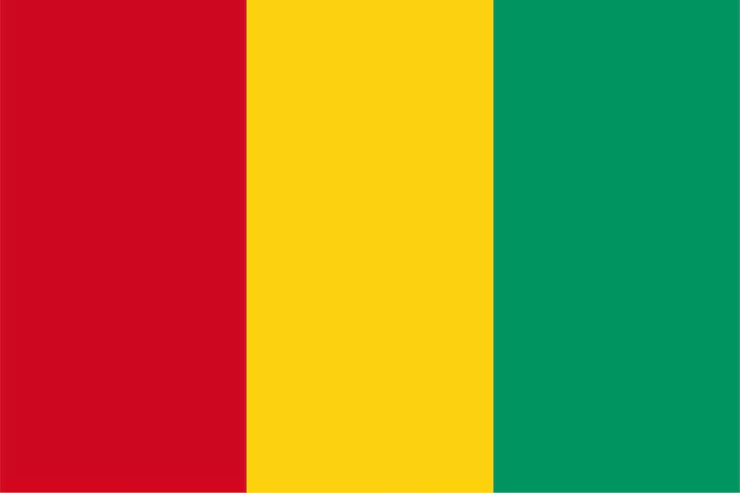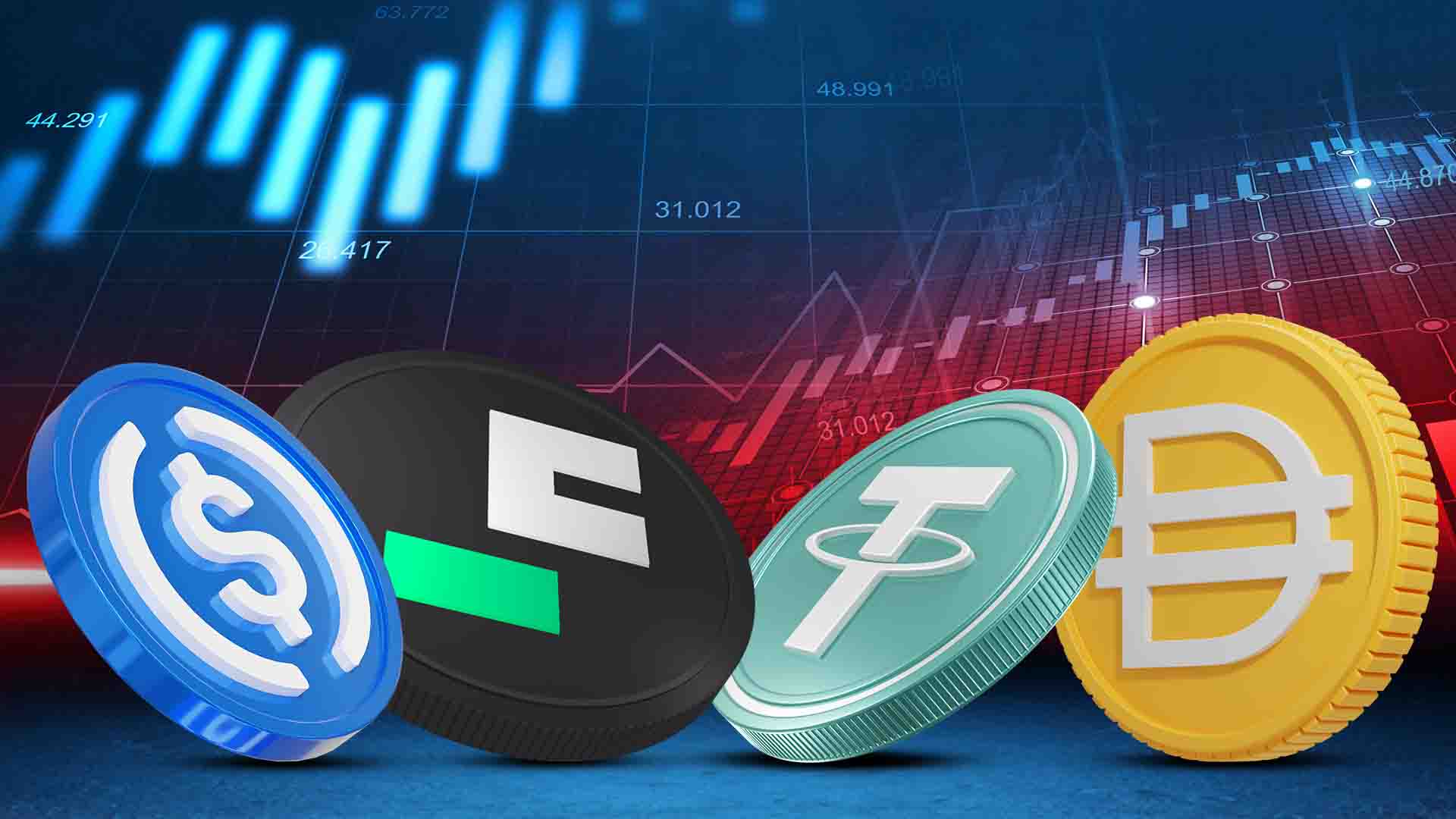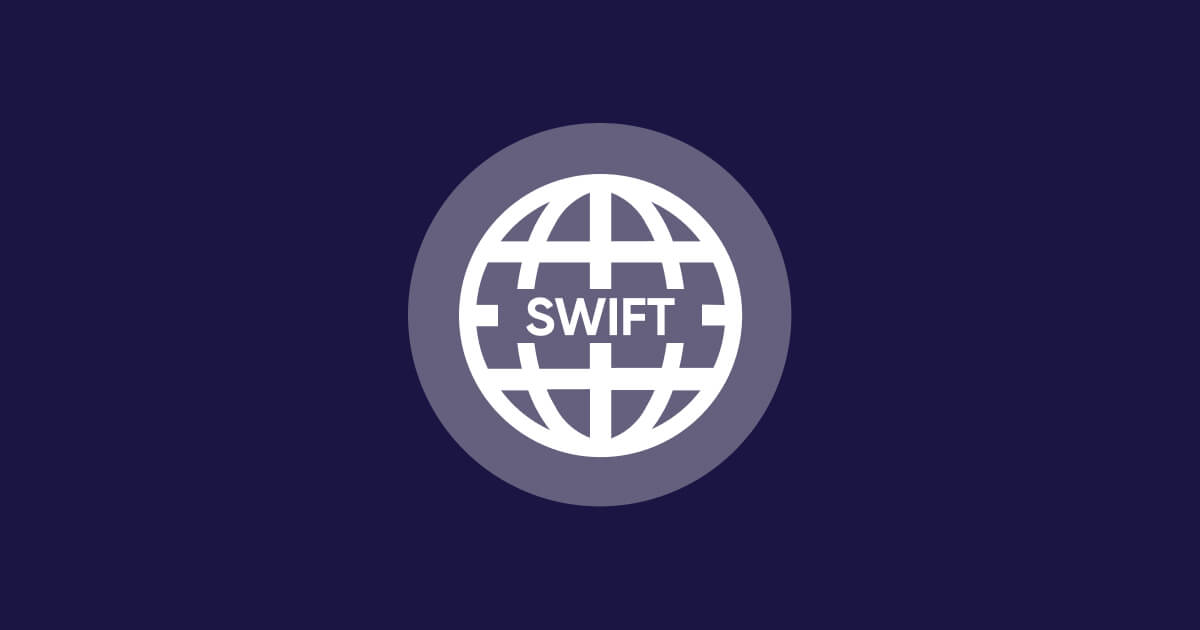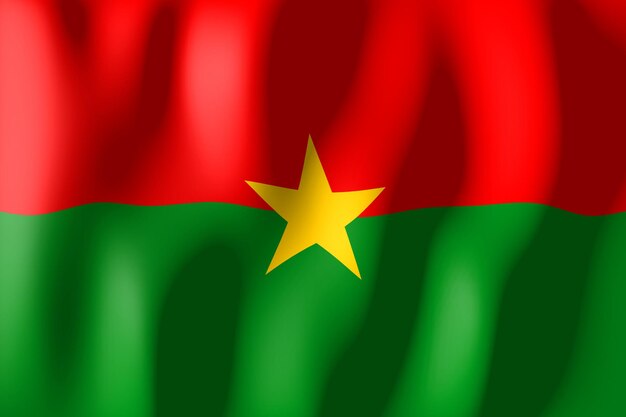Guinea's payment rails work through cross-border transfers, mobile money, and GIM-UEMOA. Guinea's digital payments infrastructure is always getting better thanks to several payment rails that are important for cross-border trade, financial inclusion, and modern money movement. This article's goal is to explain how Guinea's payment rails, GIM-UEMOA's role in the ecosystem, mobile money in Guinea, and cross-border transfers in Guinea are all linked to other payment systems in West Africa.
GIM-UEMOA: The Foundation of Card Payments in the Region
GIM-UEMOA Guinea is the center of Guinea's electronic payments scene. It is a member of the Groupement Interbancaire Monétique de l'Union Économique et Monétaire Ouest-Africaine. This UEMOA zone network for regional payments was set up in 2003 and links more than 150 member institutions, such as banks, microfinance organizations, postal services, and fintechs, across the eight UEMOA countries, including Guinea. TransFi Wikipedia +8 TransFi +8 bceao.int +8.
GIM-UEMOA works with Visa and Mastercard to issue bank cards that meet EMV standards, which makes it easier for them to be accepted around the world. These programs are making it easier for people in Guinea and the other WAEMU countries to use debit and ATM cards by promoting a unified electronic payments system (Wikipedia interswitchgroup.com).
Guinean Mobile Money: Digital Transactions While You're Out
Mobile money and card networks have grown quickly in Guinea, partly because of services like Orange Money, which has been available in the country since 2016. Orange Money users can do more than just make deposits, withdrawals, and transfers with their mobile wallets. They can also manage their savings or insurance, pay bills, and get airtime top-ups. +6 +6 Wikipedia TransFi +6.
This expansion has made more digital financial services available in Guinea, especially for people who can't get to regular banks. These services have made mobile banking more popular in Guinea and helped people in rural and underserved areas get access to financial services by making mobile money work better together.
Connections Between Regions and Transfers Across Borders
For cross-border transfers in Guinea and for international trade and remittances, reliable rails are very important. Systems like PAPSS (Pan-African Payment and Settlement System) make it easy for people to settle payments in their currency quickly and cheaply across Africa. For example, PAPSS+1 allows for cross-border mobile payments in West Africa to be settled in 120 seconds at a low cost.
GIM-UEMOA makes payment systems in West Africa easier by allowing for instant, interoperable transfers. It also helps businesses and consumers do business smoothly between UEMOA member states.
A Look at Guinea's Payment Ecosystem
So, Guinea's payment system is complicated and has many layers:
GIM-UEMOA is Guinea's main system for card-based electronic payments, and it makes it easier to use cards in different regions.
Mobile money, like Orange Money, can reach more people and fill in the gaps left by traditional banking through mobile wallets.
Cross-border mobile payments are better with PAPSS and similar platforms, which make it easy and cheap to send money between African countries.
Overall, these things encourage regional payments in the UEMOA zone and make it easier for people in Guinea to use digital wallets and mobile banking.
TransFi makes it Easy to Send Money Between Countries Without Any Problems
Companies like TransFi make Guinea's infrastructure very strong. TransFi is a global provider of payment solutions. They offer real-time settlement for digital banks, wallets, and EMIs, as well as a wide range of local payment options like bank rails and mobile money. Wikipedia +4 PAPSS +4 Wikipedia +4 TransFi +2 TransFi +2.
In Guinea, TransFi can help remittance services and fintechs get to the mobile money and GIM-UEMOA rails. This makes it easier and cheaper to send and receive money across borders to and from Guinea. TransFi makes it easier for mobile money to work together in Guinea by linking local currencies and payment methods. This gives businesses more options and room to grow as the digital payments infrastructure grows.
Also read: Morocco’s Payment Rails & How They Work – HPS Switch, Instant Transfers & Digital Wallet Adoption
Why It Matters
Millions of Guineans, even those who don't have access to the official banking system, can get financial services more easily thanks to the GIM-UEMOA card rails and mobile money platforms. This is why it matters that everyone has access to money.
Cross-Border Trade & Remittances: Reliable rails help families who depend on Remittances and trade flows at the same time. GIM-UEMOA makes it easier to use cards within the region, and PAPSS makes it faster and cheaper to send money between countries.
Innovation in Business: A strong digital ecosystem gives startups, mobile wallets, and fintechs the freedom to come up with new ideas in digital services, mobile banking, and electronic payments.
Investments in infrastructure: Companies like TransFi have helped modernize the rails by following international standards, building trust, and reaching more people. All of these things are important for the growth of digital financial services in Guinea.
Conclusion
Guinea's payment system runs on a mix of cross-border systems, mobile money networks, and card rails. GIM-UEMOA makes regional card transactions possible, PAPSS makes cross-border transfers easy, and mobile money services like Orange Money make it easier for more people to access and use the service. With the help of programs like TransFi, businesses can use these rails to offer more effective, international, and scalable payment services. By encouraging the use of digital wallets and mobile banking in Guinea, this ecosystem makes the country more ready for fintech, strengthens regional integration, and promotes greater economic inclusion. All of these things help make the future of payments more modern, connected, and resilient.
FAQs
1. What is GIM-UEMOA and what does it do in Guinea?
African Business says that GIM-UEMOA is a regional interbank payment network that makes it easier for UEMOA member states to issue EMV cards and accept them across borders. This helps electronic payments grow in Guinea and other places.
2. How often do people in Guinea use mobile money?
In Guinea, mobile money is very popular, especially through services like Orange Money (which started in 2016). You can use mobile wallets to make deposits, send money, pay bills, and add airtime.
3. Is it possible to send money from Guinea to Africa right away?
Yes, thanks to infrastructure like PAPSS, cross-border transfers can settle in local currencies in just a few minutes. This speeds up the process and lowers costs.
4. What advantages does TransFi offer in Guinea's payment ecosystem?
TransFi gives fintechs and businesses access to local payment rails (like mobile money and GIM-UEMOA), global payment integration, and real-time settlements.
5. Why is it so important for Guinea to set up a smooth digital payments system?
Seamless payment rails make it possible for fast remittances, financial inclusion, business innovation, and Guinea's entry into regional and international markets. They also help the economy grow and make it more resilient.
Table of Contents
Suggested Article
Explore our products

Make global payments at the speed of a click

Accept payments, remove borders.

Unlock Seamless Digital Currency Transactions Anywhere








.png)














